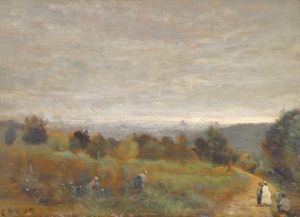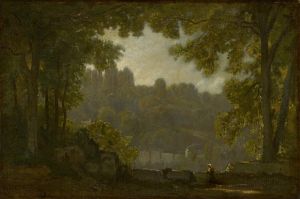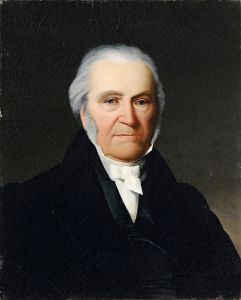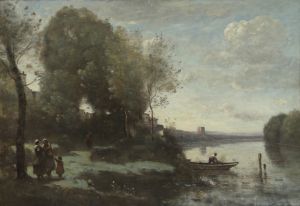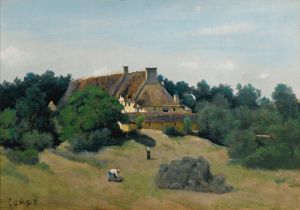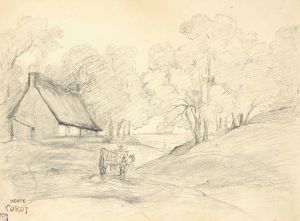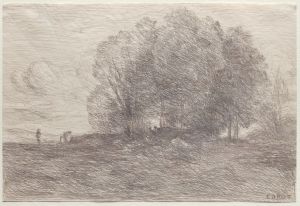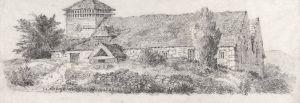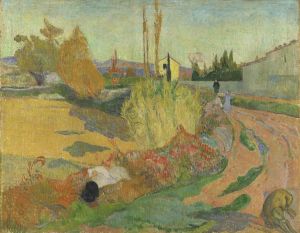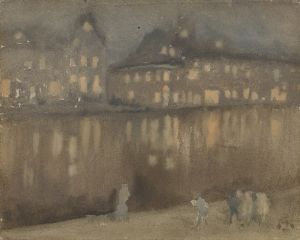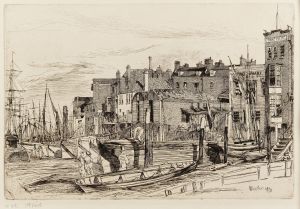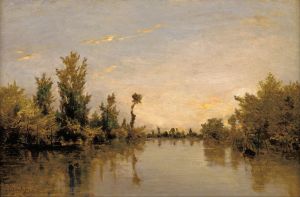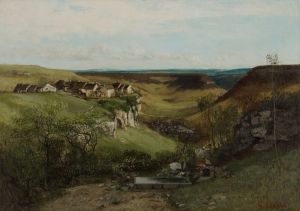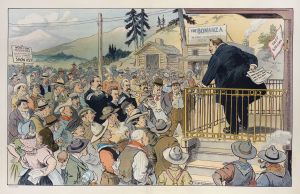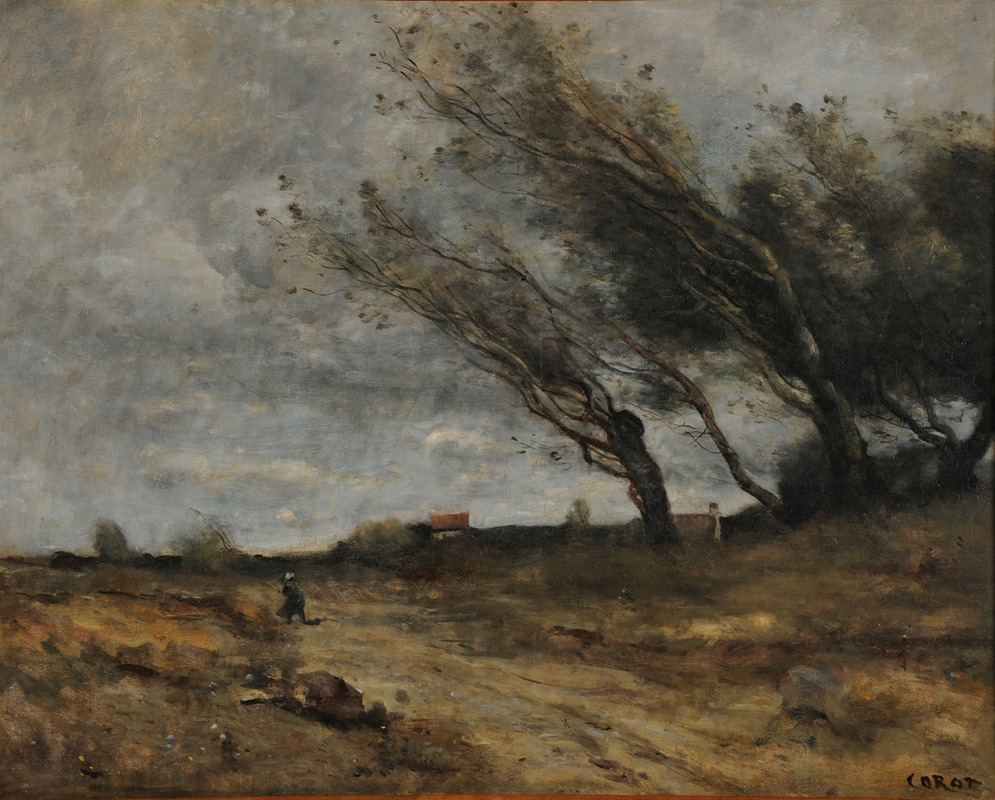
Le Coup de vent
A hand-painted replica of Jean-Baptiste-Camille Corot’s masterpiece Le Coup de vent, meticulously crafted by professional artists to capture the true essence of the original. Each piece is created with museum-quality canvas and rare mineral pigments, carefully painted by experienced artists with delicate brushstrokes and rich, layered colors to perfectly recreate the texture of the original artwork. Unlike machine-printed reproductions, this hand-painted version brings the painting to life, infused with the artist’s emotions and skill in every stroke. Whether for personal collection or home decoration, it instantly elevates the artistic atmosphere of any space.
Jean-Baptiste-Camille Corot was a pivotal figure in landscape painting during the 19th century, bridging the gap between the traditions of the Old Masters and the innovations of the Impressionists. His work, "Le Coup de vent," is a testament to his mastery in capturing the transient effects of light and atmosphere in nature. Although specific details about "Le Coup de vent" are limited, Corot's broader body of work provides context for understanding his artistic approach and significance.
Corot was born in Paris in 1796 and began his artistic career relatively late, around the age of 26, after working in the family textile business. He studied under Achille-Etna Michallon and Jean-Victor Bertin, both of whom were proponents of the neoclassical landscape tradition. Corot's early works were influenced by these teachings, characterized by a structured composition and a focus on classical themes.
However, Corot's travels to Italy between 1825 and 1828 marked a turning point in his artistic development. The Italian landscape, with its unique light and atmosphere, inspired him to adopt a more naturalistic approach. He began to paint en plein air, capturing the immediate effects of light and weather on the landscape. This practice was relatively novel at the time and laid the groundwork for the later Impressionist movement.
"Le Coup de vent," like many of Corot's works, likely reflects his interest in the ephemeral qualities of nature. The title, which translates to "The Gust of Wind," suggests a focus on the dynamic and transient aspects of the natural world. Corot was known for his ability to convey movement and atmosphere, often using a muted palette and soft brushwork to create a sense of harmony and tranquility.
Throughout his career, Corot maintained a balance between his plein air studies and more finished studio works. His landscapes often feature a delicate interplay of light and shadow, with a particular emphasis on the effects of dawn and dusk. This approach is evident in many of his paintings, where the subtle gradations of tone and color create a sense of depth and mood.
Corot's influence extended beyond his own time, impacting the development of Impressionism and modern landscape painting. Artists such as Claude Monet and Camille Pissarro admired his work and were inspired by his techniques. Corot's ability to capture the essence of a scene with simplicity and elegance resonated with these younger artists, who sought to break away from the rigid conventions of academic painting.
Despite his success, Corot remained a humble and dedicated artist throughout his life. He continued to paint until his death in 1875, leaving behind a legacy that would shape the course of art history. His works are celebrated for their poetic quality and their ability to evoke the beauty and serenity of the natural world.
In summary, while specific details about "Le Coup de vent" are scarce, the painting can be appreciated within the broader context of Corot's oeuvre. His innovative approach to landscape painting, characterized by a focus on light, atmosphere, and the transient effects of nature, established him as a key figure in the transition from classical to modern art.





